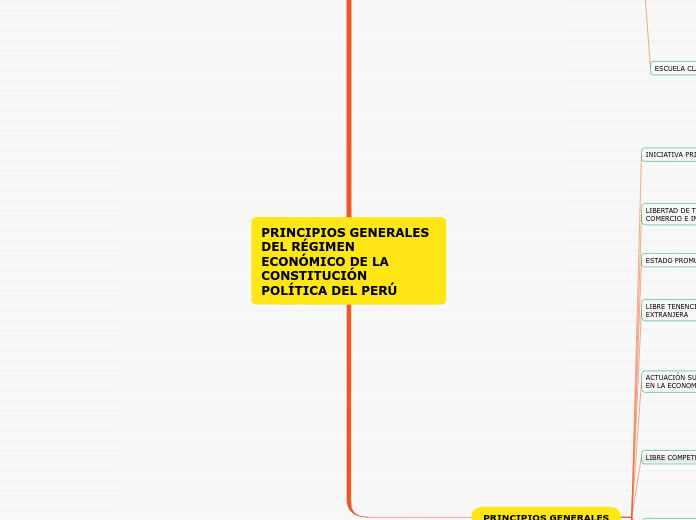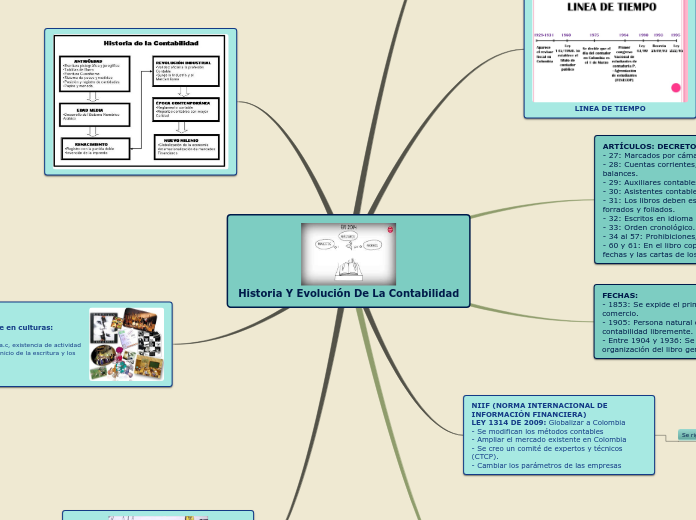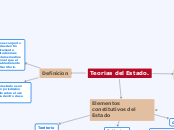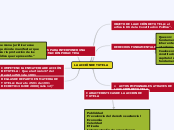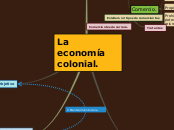PRINCIPIOS GENERALES DEL RÉGIMEN ECONÓMICO DE LA CONSTITUCIÓN POLÍTICA DEL PERÚ
PRINCIPIOS GENERALES
The ending of a story is essential. We all know that if the ending is weak, what happened before loses its importance. So make it unpredictable, but fair. A resolved ending answers all the questions and ties up any loose threads from the plot.
DEFENSA DE LOS CONSUMIDORES Y USUARIOS
el Estado vela por la salud y la seguridad de las personas
el Estado garantiza el derecho de información sobre bienes y servicios
IGUALDAD JURÍDICA DE LA INVERSIÓN
genera empleo
supone un incremento del capital productivo del país
CONTRATO-LEY
constituye una forma de dar estabilidad a los inversionistas
acuerdos de del Estado inversionistas privados o nacionales o extranjeros
LIBRE COMERCIO EXTERIOR
el comercio y la finanzas como una relación con el mundo
ningún país puede mantener una economía cerada
LIBERTAD DE CONTRATAR
cualquiera puede contratar con fines lícitos
PLURALISMO ECONÓMICO
es la base para las formas de organización económica del Estado
pueden coexistir varios tipos de varios tipos de empresa simultáneamente
IGUAL TRATAMIENTO LEGAL A LA ACTIVIDAD EMPRESARIAL PÚBLICA O NO PÚBLICA
la constitución no es estática sino dinámica
promoción de la igualdad
no hay privilegios para la actividad empresarial privada ni pública
LIBRE COMPETENCIA
precios libres, ganancias libres
a mayor competencia, mayor bienestar
libre concurrencia de la oferta y la demanda
ACTUACIÓN SUBSIDIARIA DEL ESTADO EN LA ECONOMÍA
apoyo del Estado en actividades privadas o comunitarias
entendida como una función supervisora y correctiva o reguladora del mercado
LIBRE TENENCIA Y DISPOSICIÓN DE MONEDA EXTRANJERA
esto no afecta la seguridad nacional
libertad de comprar y vender moneda extranjera dentro del país
ESTADO PROMUEVE LAS PEQUEÑAS EMPRESAS
el Estado brinda ayuda a sectores empresariales que sufran desigualdad
LIBERTAD DE TRABAJO Y LIBERTAR DE EMPRESA, COMERCIO E INDUSTRIA
This is the closure section of the story.
See examples of possible outcomes below:
- all problems have been solved
- it's clear how each one of your characters ends up
- your main character is transformed by the challenge
garantiza una sociedad libre
derecho fundamental de la persona jurídica o natural de participar en la actividad económica
Try answering these questions to come up with a closure:
- Have all the problems been solved?
- Is there a clear picture of what happens with each character in the story?
- Has the challenge transformed your main character?
- How do the characters feel in the end?
INICIATIVA PRIVADA LIBRE
This is the moment when the main character surpasses the last obstacle and finally faces their greatest challenge.
The climax usually follows one of these patterns:
- realization
- resolution
- choice
Type in your answer.
tiene como límite no colisionar con los intereses generales
derecho fundamental de toda persona natural o jurídica
PRINCIPALES DOCTRINAS EN MATERIA ECONÓMICA
The middle of the story is where you add layers of complications that will lead to the end. Reveal more about the character's journey. Did their personality go through changes? How did they overcome the challenges? And as you build up the story’s central conflict, make it more personal to that character. Also, from the middle act, you have to lead into the final act.
ESCUELA CLÁSICA
There wouldn't be any tension and excitement in your story if there weren't any obstacles in your character's way.
Adam Smith
la libre competencia
el mercado se autorregula
la leyes del mercado hacen funcionar la economía
Karl Marx
A story is nothing more than a character overcoming a series of difficulties to reach the desired goal. Obstacles usually create suspense and conflict. In overcoming obstacles, there is growth: weak becomes strong; hatred turns into love; sadness into happiness; wrong into right; lies into truth; or evil becomes good.
See a few examples below:
- stopping a meteor
- finding a killer
- finding love
estudiar los errores del capitalismo
el capitalismo genera crisis
ESCUELA DE CHICAGO
El mercado competitivo, una mejor forma de organización de la actividad económica
Intervención mínima del Estado
El libre mercado y la competencia harán que la economía sea más eficiente
FISIOCRACIA
Your character(s) need(s) motivation in order to solve the challenge(s).
oposición a los controles gubernamentales
Secondary characters might also have motives that lead them to cross paths with the main character or which might trigger them to help the main character.
el origen de la riqueza está en la agricultura
Why does your character need to confront this challenge? What does he/she expect to accomplish by solving it?
See a few examples:
- will marry in 3 days
- can fix the mistakes of the past
ESCUELA AUSTRIACA
John Maynard Keynes
La economía de mercado no se autorregula den forma suave
El pesimismo empresarial induce a una caída en la inversión
Las economías están sujetas a grandes fluctuaciones
MERCANTILISMO
Each story has a main character and that character usually needs to solve a problem or challenge. The character's challenge is the one that creates tension throughout the story.
proteccionismo: intervención del Estado
acumulación de oro y piedras preciosas
Type in any other challenges which other characters in the story need to face.
la fuente de riqueza estaba en el comercio exterior
In most stories, there are 3 challenges. The number 3 is a mystical number symbolizing completeness. Try to come up with interesting challenges with which your character needs to struggle.
See a few examples below:
- turns into a werewolf at night
- is sent back in time
ANTECEDENTES: evolución de los sistemas políticos
In the beginning of the story (or the exposition), you will need to introduce the setting and characters. You might also want to introduce the main conflict. This part of the story is important because it gives the reader necessary background information and maybe even a first insight into a character’s personality.
SOCIALISMO
The setting (time & place) of a story can change throughout the plot.
el control de cambios y la inexistencia de libertad económica
The weather is an important element in your story because it can highly influence the ambiance and the mood of the characters.
planificación centralizada de toda actividad económica
The time of the story can also change. It can describe the event of a single day or can include an entire year's plot. Anyway, don't forget to mention it.
defienden la abolición de la propiedad privada
Your story can take place wherever your imagination will take you to.
For example: in an elevator, in an enchanted forest, etc. Don't forget to give details of the environment each time the setting changes, otherwise, the story can be confusing. Also, mention the seasons as each of them has unique weather and events.
LIBERALISMO
Characters are essential to a good story. Usually, the protagonist(s) is/are the most affected by the plot. Introduce a character by focusing on their actions, interests, and occupation, as the physical appearance doesn't make a difference in most cases.
a favor de la propiedad privada
Type in the name of your character.
el Estado no debe entorpecer el libre curso de las leyes
What is your character's main goal?
fight Evilfind lovedefeat his/her enemyrule the worldmake friendstime travelmake an awesome discoveryOther
el Estado no debe intervenir en asuntos económicos
Which traits best describe the character's personality? Choose more if necessary:
introvertedloyalkindindependentquick-thinkingadventuresomeidealisticsweet-naturedcalmrisk-takercreativewittystrictfussyweirdclumsyharshaggressivecarelessclingingcowardlycrueldeceitfulimpulsiveOther
dejar hacer, dejar pasar que el mundo se va a acabar
Choose the type of your chacter:
Protagonist (main character)Antagonist (main character's opponent)Flat (stereotypical character)Round (his/ her personality develops throughout the story)Static (doesn't evolve as a person throughout the story)Dynamic (dramatical change in personality)Confidant (the main character trusts him/ her)Foil (contrasting character who enhances the personality of another character)Other
